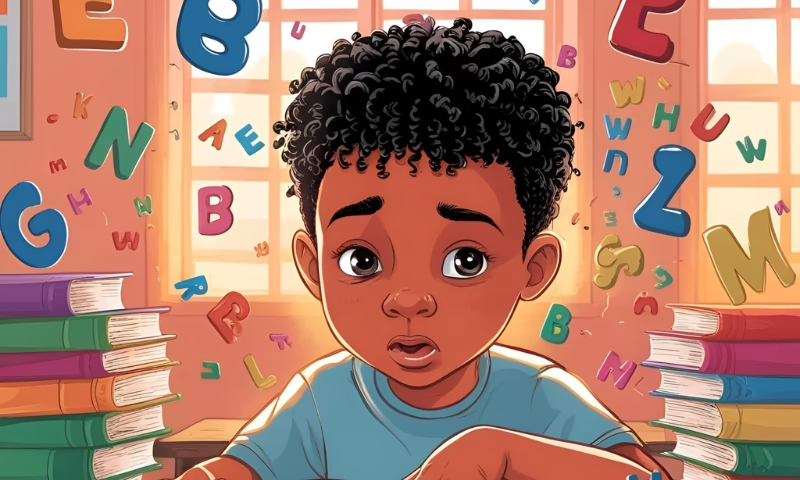A friend with dyslexia once explained to me how she experiences reading. While she can read, it requires intense concentration, and the letters often appear to “jump around” on the page. This experience sparked a memory of something I had read about: typoglycemia — the phenomenon where people can still understand words even when the internal letters are scrambled, as long as the first and last letters remain in place.
This led me to wonder: Could we simulate dyslexic reading patterns on a website using JavaScript? The answer is yes — and it opens up powerful ways to build empathy and awareness through interactive web design.
What Is Dyslexia?
Dyslexia is a common learning disability characterized by difficulty in learning to read fluently and accurately, despite having average or above-average intelligence. Individuals with dyslexia often struggle with:
- Phonological awareness
- Phonological decoding
- Processing speed
- Orthographic coding
- Auditory short-term memory
- Language skills and verbal comprehension
- Rapid automatic naming
These challenges impact reading comprehension and written language, making it harder to process text in traditional ways.
Developmental Reading Disorder (DRD) and Dyslexia
Developmental reading disorder (DRD) is the most prevalent type of learning disability. Dyslexia is the most recognized subtype, though not all reading disorders are due to dyslexia. Some reading difficulties stem from other causes, such as:
- Visual or auditory impairments
- Inadequate reading instruction
- Environmental or educational factors
Researchers classify dyslexia into three cognitive subtypes:
- Auditory dyslexia
- Visual dyslexia
- Attentional dyslexia
However, most cases are best understood through individualized neuropsychological profiles, which may include co-occurring conditions like ADHD or math disabilities.
Dyslexia and Language Processing
Though often described as a receptive language-based learning disorder, dyslexia can also affect expressive language skills. Studies from institutions like MIT show that individuals with dyslexia may also have impaired voice recognition abilities, suggesting broader impacts on auditory processing.
Simulating Dyslexia on the Web with JavaScript
Web developers and designers can simulate the dyslexic reading experience using JavaScript-based typoglycemia effects. These scripts scramble internal letters of words while preserving the first and last letters — mimicking how some people with dyslexia describe their reading experience.
By embedding this type of interactive dyslexia simulation into web content, educators, advocates, and designers can help non-dyslexic users develop empathy and understand the cognitive load associated with reading for someone with dyslexia.
20 Useful Apps for Kids with Dyslexia and Learning Disabilities



